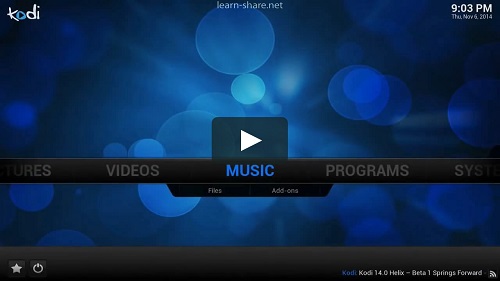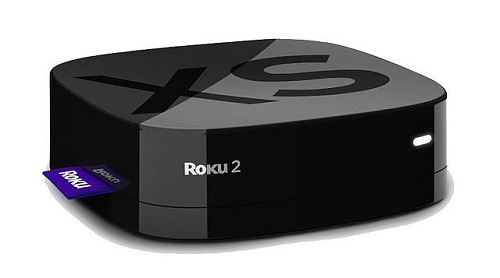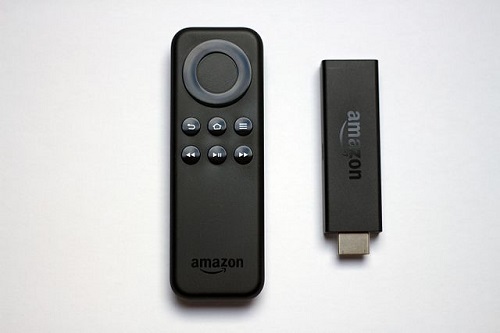The way television programs, movies, and music is consumed has changed drastically from the old days of analog TV and still evolving in the digital world.
Consumers want high quality content with minimal effort, and streaming services, apps, and hardware provide ways of accessing online and local media content.

What is Kodi?
- Kodi is a free, open-source, media center software application specifically for home networks to manage storage, sharing, and the display of content across multiple devices.
- Out-of-the-box content is not provided and accessibility to online content is supported, however add-ons are required for online/live streaming services as well other features to extend the user experience.
What is Roku?
- Roku is a device (Roku Stick, Roku TV, etc with a remote), that should be connected to the internet, otherwise only locally stored content can be accessed. To view, stream, and search media, an online Roku account must be setup. Once activated, users can interact with the online media libraries through display devices.
- Roku devices provide access to over 500,000 movies and TV content (paid and free channels), such as The Roku Channel, Google Play, Amazon Instant Video, and CBS, etc.

Similarities
- Kodi and Roku allow access to content such as videos and music between connected devices.
- Both have user-friendly interfaces to manage the catalog of content, however Roku provides a more graphically rich interface.
- Kodi needs to be manually configured to use devices as a remote, whereas Roku is distributed with its own remote control, and can also be manually configured to use other devices as a remote.
- Kodi can be installed on some Roku devices as a media manager application.
The Main Difference between Kodi and Roku
- Roku is a portable device or Smart TV that provides high speed HDMI and comes with a remote control, whereas Kodi is software only that manages media for multiple devices and supports streaming but requires add-ons to access online media.
- Kodi is a “blank” application installed on Windows, Android, or Raspberry Pi but only works on “jail broken” Apple devices (as it competes with iTunes), whereas Roku is a device-remote-software bundle with immediate access to channels (paid and free) to stream online movies, TV shows, and music etc.
Distributed Content
- Kodi is not distributed with content nor does it provide default access to content. Third-party add-ons are required to access popular channels such as Netflix and Amazon.
- Roku provides default access without installing add-ons and supports live streaming, play, and record, whereas Kodi requires a back-end service to support these features.
- Legality issues have plagued Kodi users receiving copyright infringement notices for streaming. However, Kodi does not provide content; it is only through third party add-ons that legal or illegal media is accessed.
Summary
Kodi software is free with add-ons available to access online services, whereas Roku offers a number of free channels for active accounts, but none of the Roku devices are free.
Being an open-source application, Kodi was initially more popular with technical users as it is built by a development community, but reaching mainstream users.
In a nutshell, Kodi is a good option for users with large, local media files to play and manage individual and shared content, with the ability to access online services through add-ons, whereas Roku is primarily designed for online access to a significant amount of music and video channels.
Author: Gillian Douglas
Content Developer specialized in video production and editing, creative and technical writing, logo and web design, UI design and software testing.












Leave a Reply